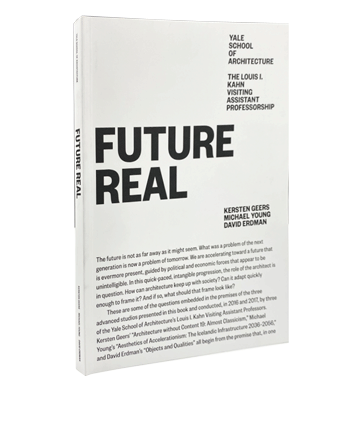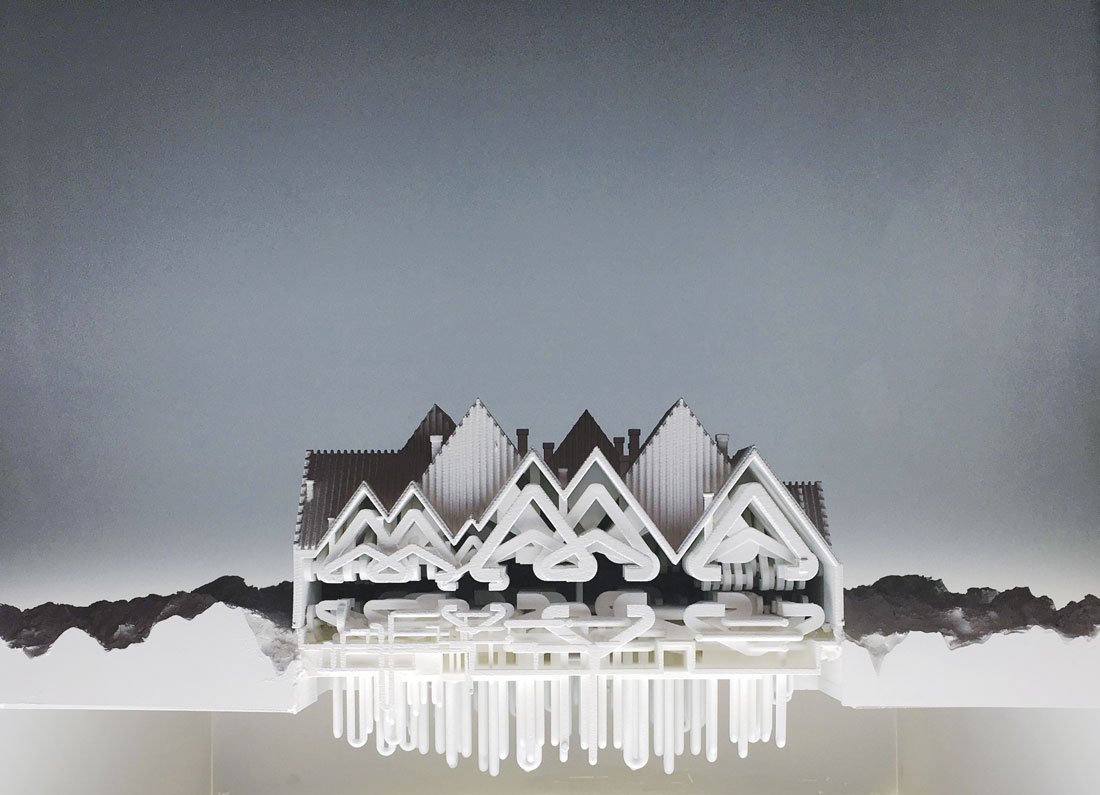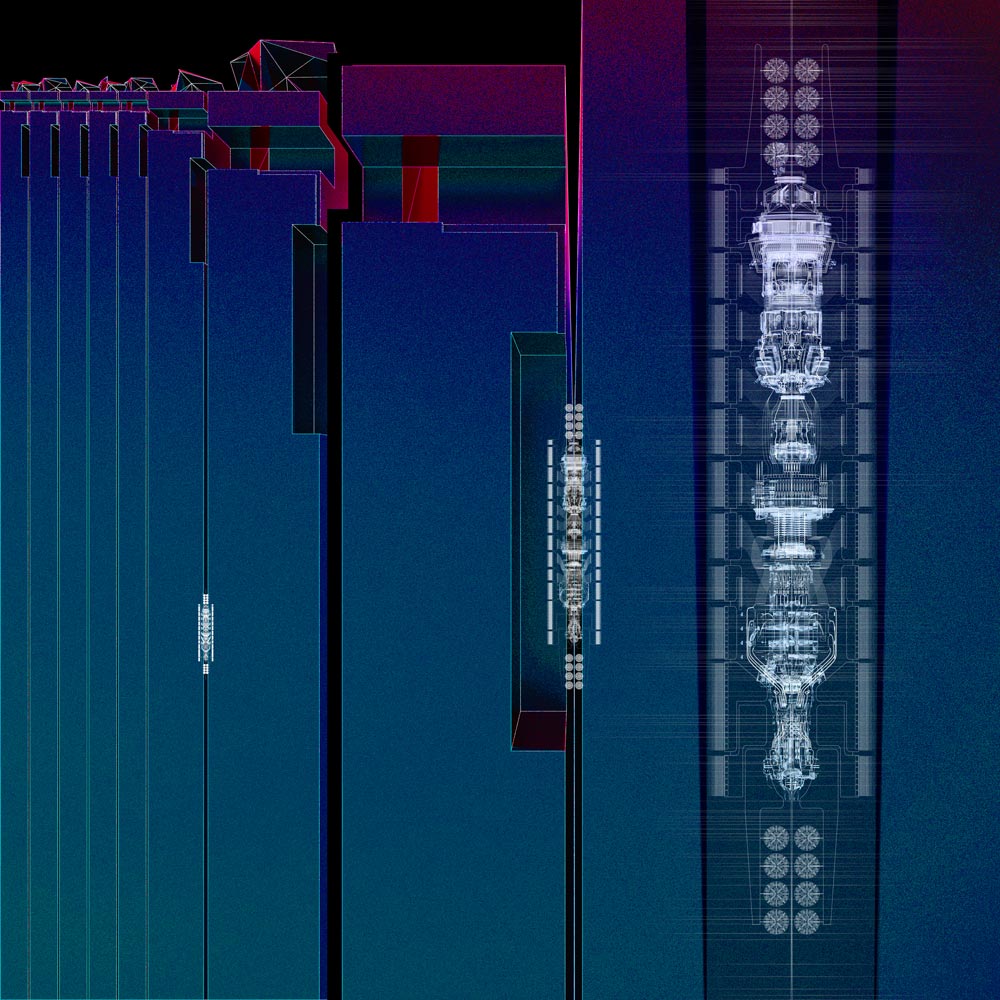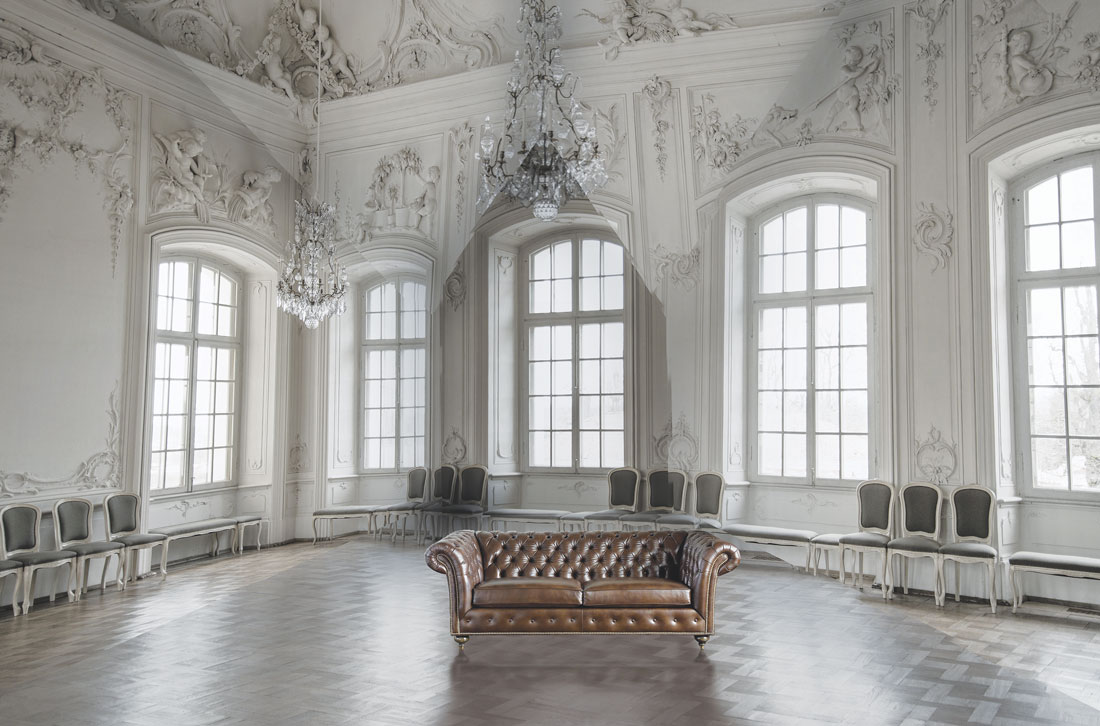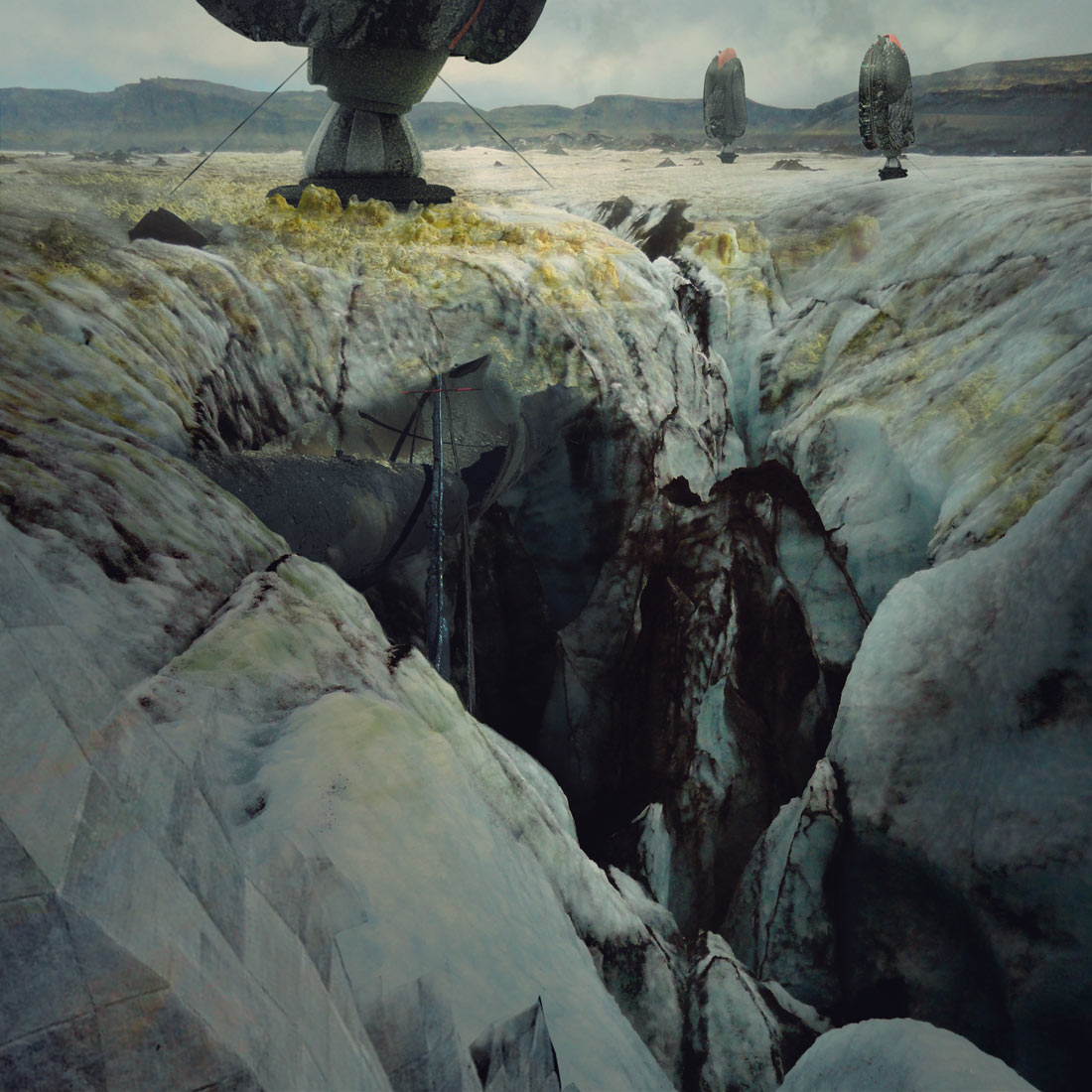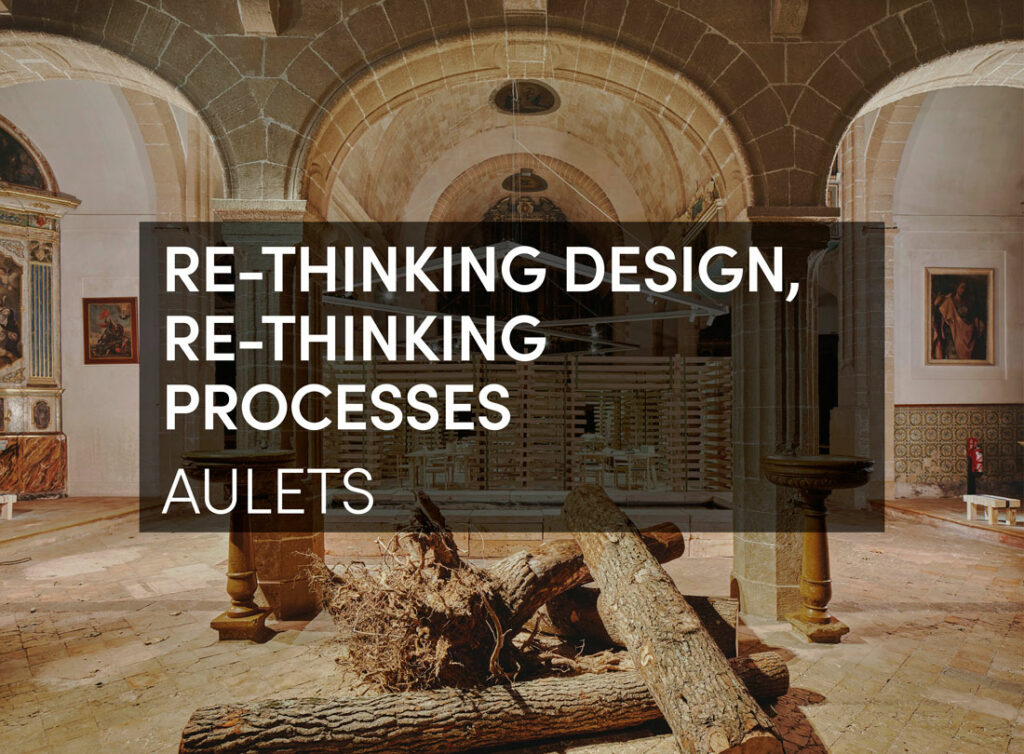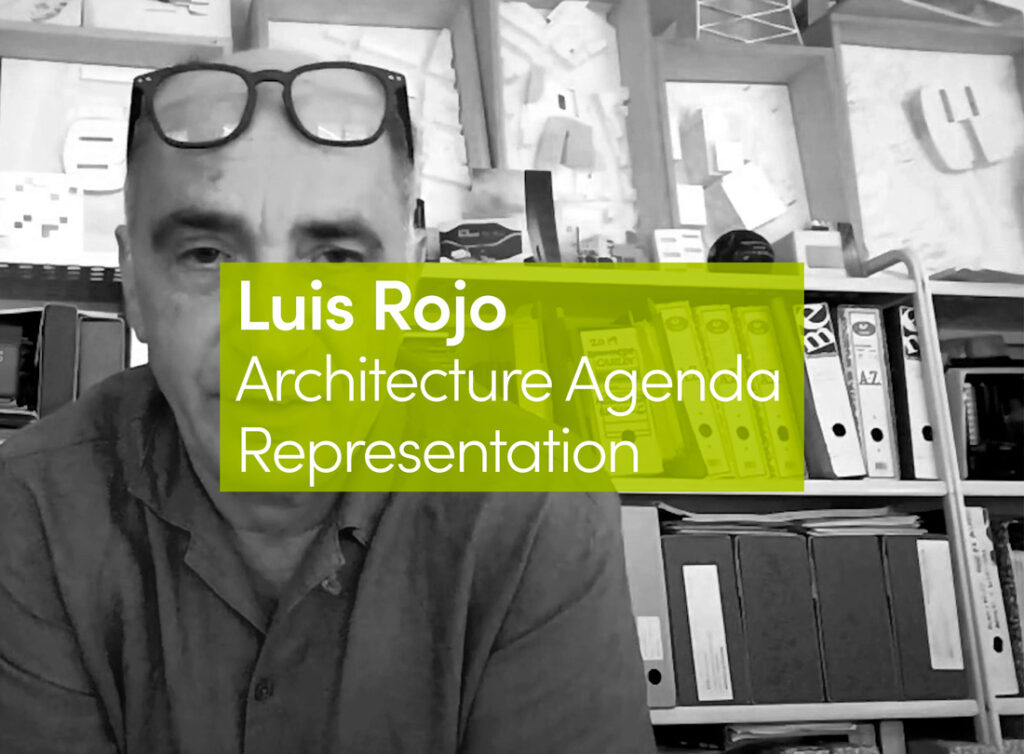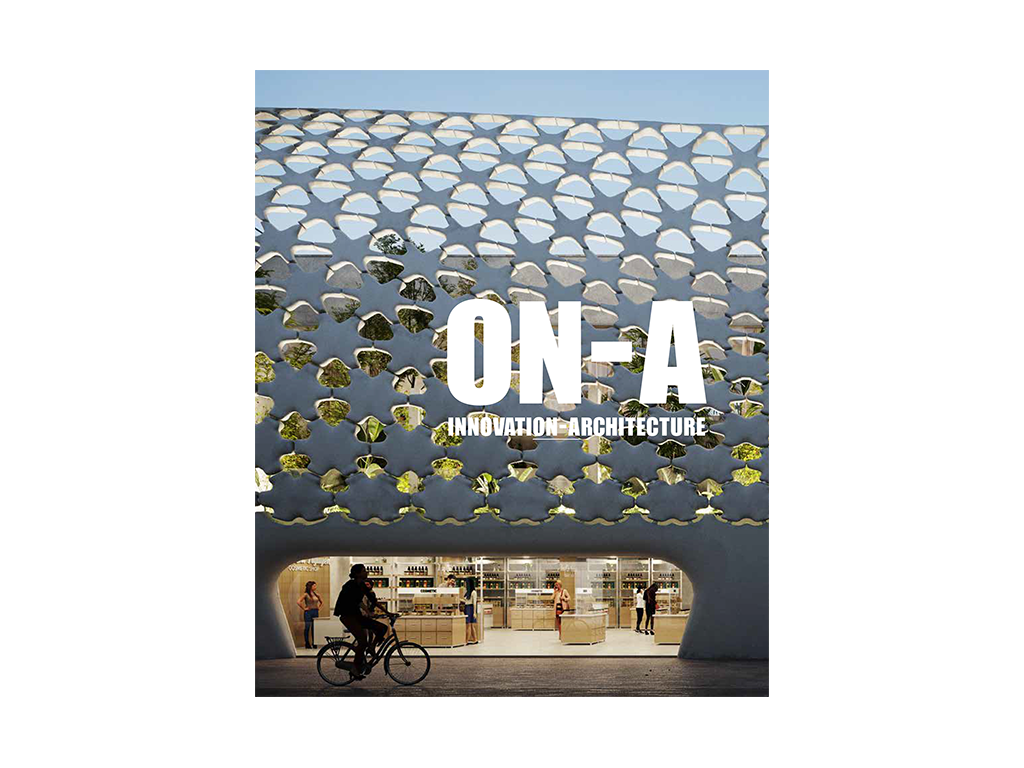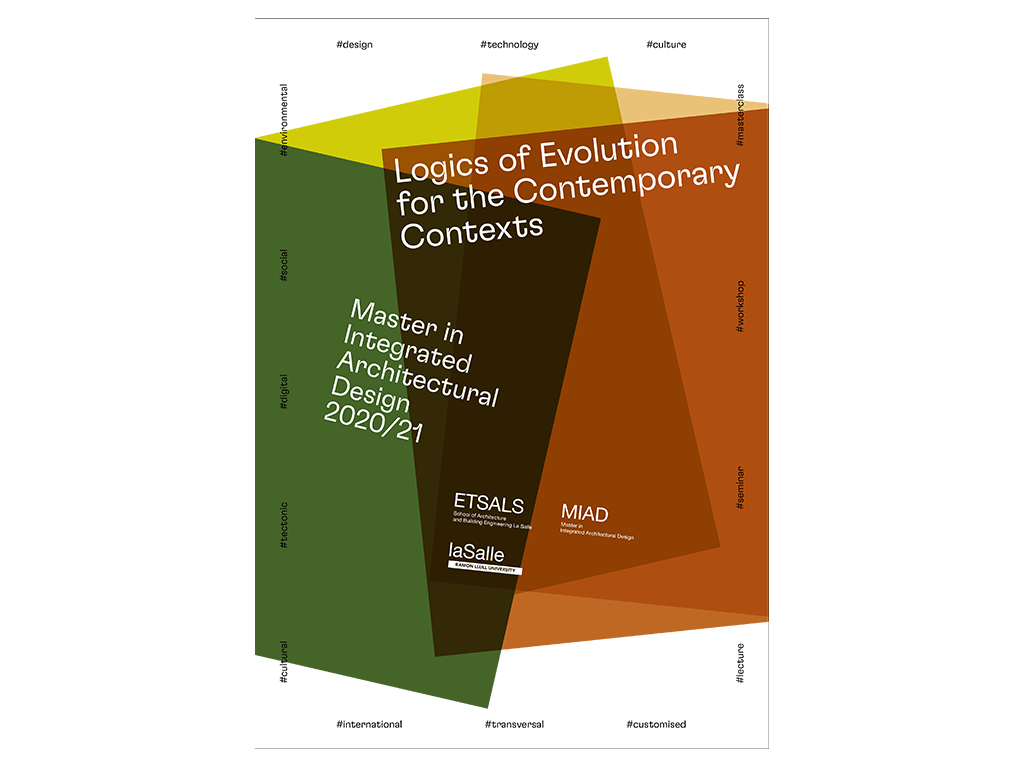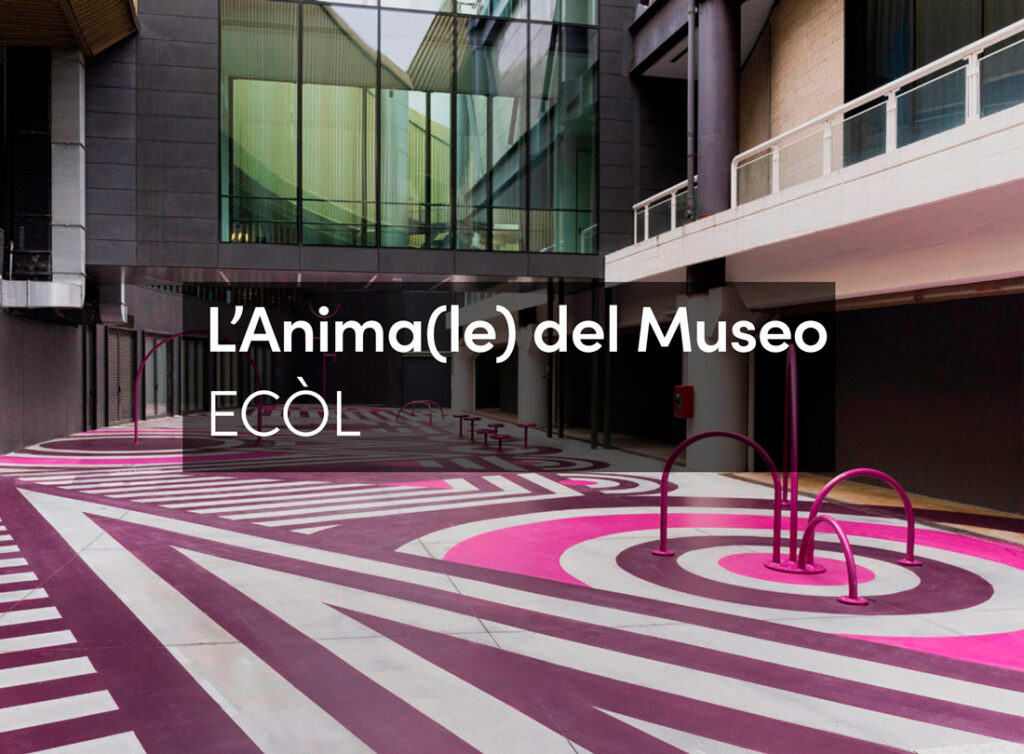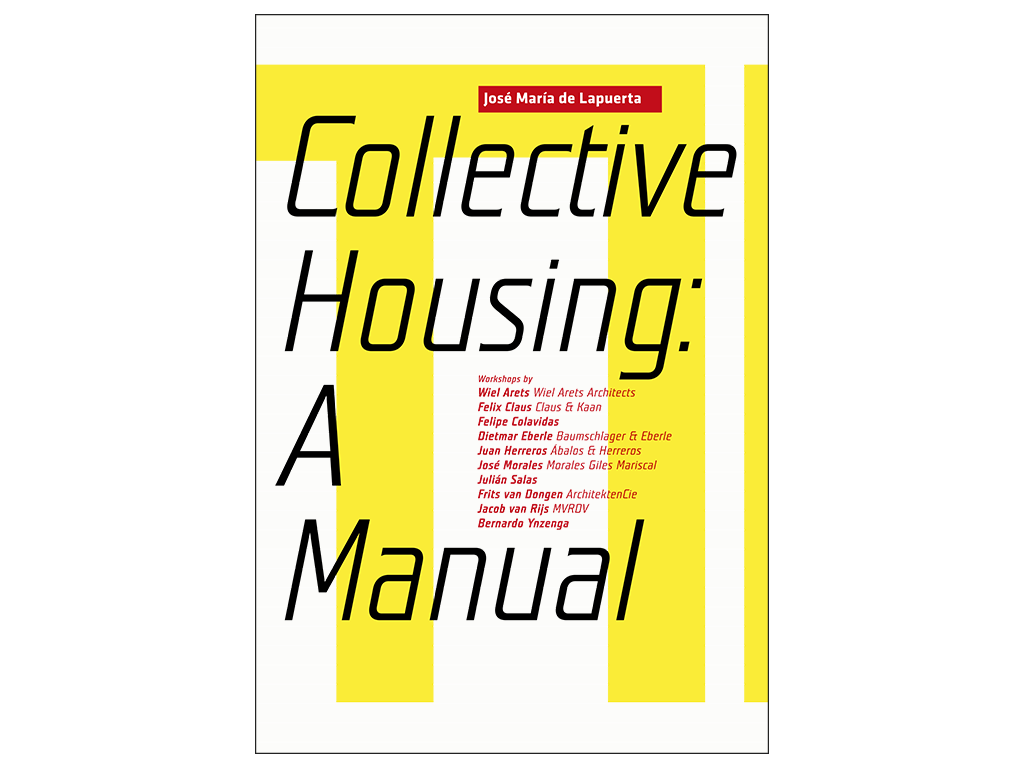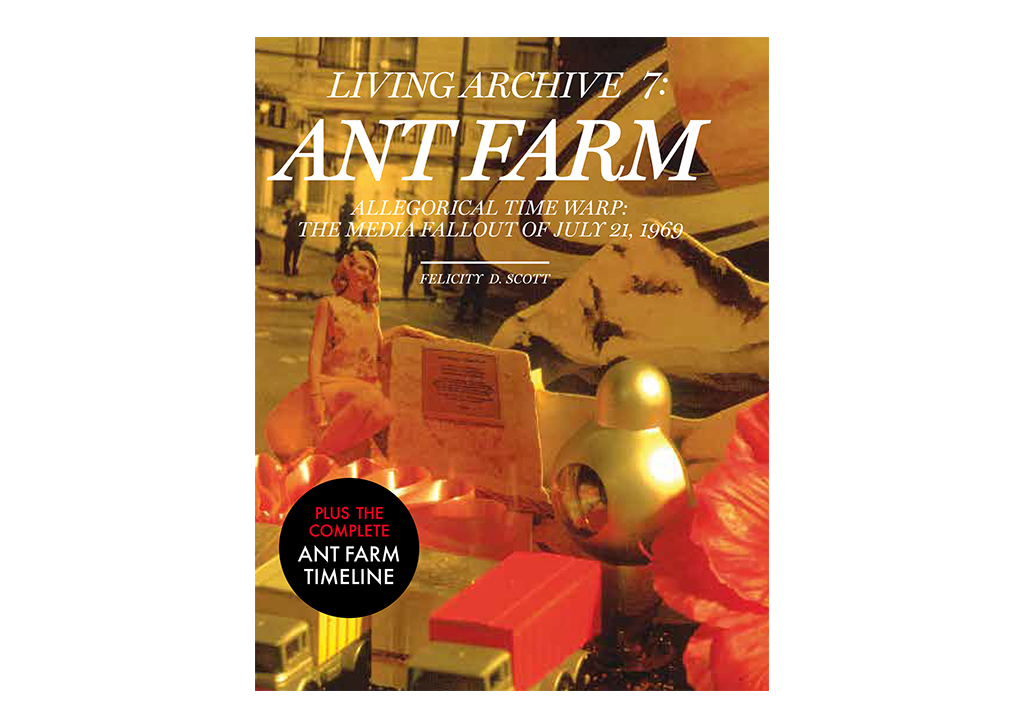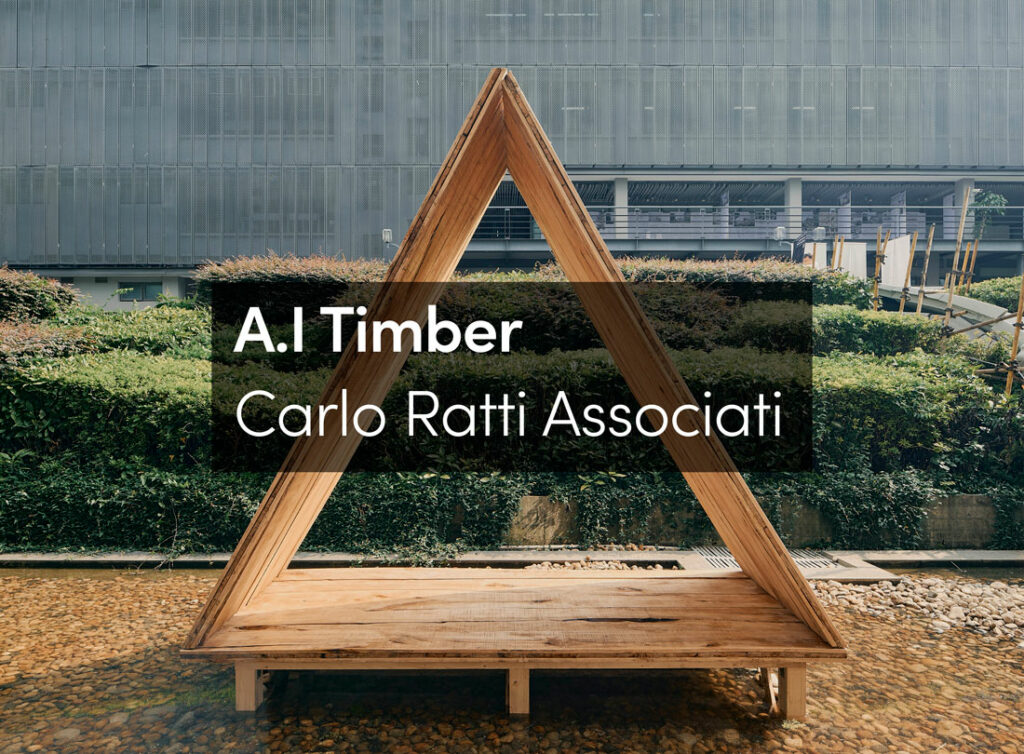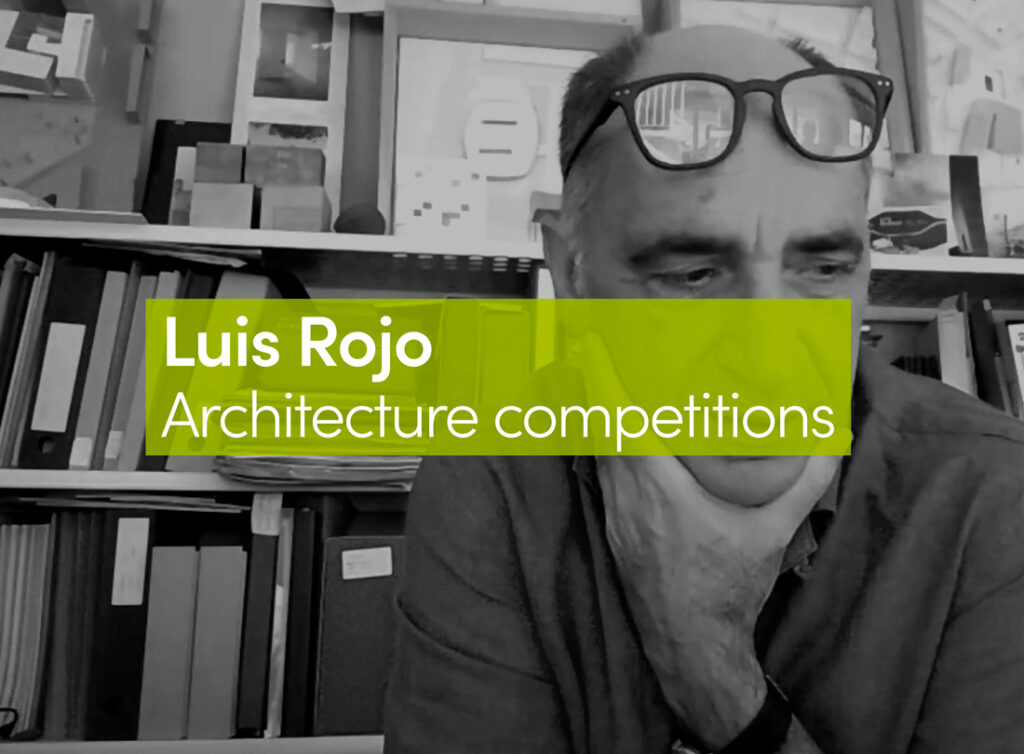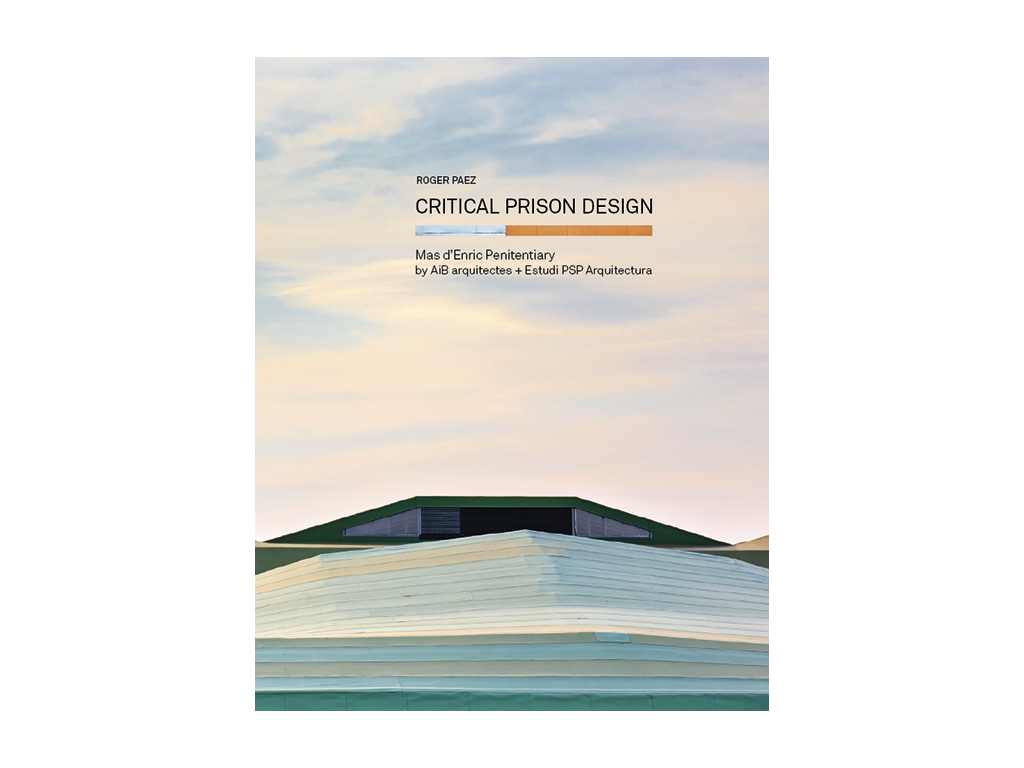“Don’t start with the good old things but with the bad new ones.”
Bertolt Brecht
One of the responsibilities the discipline of architecture holds is for the aesthetics of the background of reality. This is a loaded statement, so I will offer a few thoughts on each of the main words. With the term background, I intend something close to Walter Benjamin’s observation: “Architecture has always represented the prototype of a work of art the reception of which is consummated by a collectivity in a state of distraction.” As is quite often the case, the background of our environment is rarely the focus of our attention. But instead of this lack of attention signifying unimportance, it is exactly through this habituation that the background begins to have power, begins to establish the assumptions regarding the way in which reality appears. “Reality” is an even more problematic concept. In using this word, I do not intend to claim access to “the real.” There is always something about reality that withdraws from us, something which we can never know or sense. In this way, aspects of what we assume to be reality are always constructed by personal and cultural imagination. This is more blatantly the case regarding the current situation of image mediation through our screens and devices. What I intend by evoking “reality” is more akin to an aesthetics of realism — not a copy of the real, but a tension between reality and its representation that disturbs or estranges assumptions regarding the way reality looks and feels. I also use the term to distance this statement from one of fantasy. It is a speculative realism that architecture is a participant in. The last word to unfold is “aesthetics.” Aesthetics here refers to all the ways in which the world is made available to the senses. Distinct from the philosophical modes of ethics and epistemology, aesthetics relates to sensory qualities. It does not judge their truth or moral value, nor does it produce explicit knowledge about the way the world appears. Aesthetics may lead to the desire for knowledge or it may sponsor a change in behavior and ethical values, but it is not justified by these, nor is it the result of their claims.
Section model by Heather Bizon
One of the major environmental conditions classified as “background” are the objects and systems that are labeled as “infrastructure.” These are everywhere, but they are typically ignored until they break. The things that we should identify are systems of distribution (roads, rails, bridges, tunnels, ports, aqueducts, sewers, cable networks, electricity, cell towers, satellites), production (petroleum, geothermal, hydroelectric, nuclear, mining operations, stock markets, factories), and storage (warehouses, sheds, distribution centers, data centers, parking lots). But this background infrastructure can be extended to other conditions that are often overlooked. For instance, nature can be considered as infrastructure, especially in the concepts of wasteland and wilderness. These are cultural constructions. The wilderness is usually considered as a protected zone where architecture is excluded or reserved to the most minimal intervention. The wasteland also excludes architecture, either due to the inability of humans to inhabit it or due to the toxic damage that humanity has wrought on the landscape. Even though these categories exclude traditional architectural development, they are often crisscrossed with infrastructure because we are continually looking for ways to exploit these sites. This exploitation could be extraction of resources, storage of damaged material, or even as an aesthetic commodity for tourism. The wasteland and the wilderness are examples of the creative destruction that capitalism unleashes as it always seeks to transform into new markets the raw background of our world.
Section by Robert Yoos
In considering these expanded definitions of infrastructure, the island of Iceland becomes particularly interesting. It should be first noted that Iceland sits atop the rift between two major tectonic plates, the North American plate and the Eurasian plate. This geological location produces a large amount of geothermal activity on the island. Iceland also possesses a cold climate with a number of major glaciers. This combination of heat and frozen water leads to 99 percent of Iceland’s energy being produced through the renewable resources of hydroelectric and geothermal energy. This abundance of cheap energy has turned Iceland into an energy exporter. Two conspicuous manifestations of this are the metal-smelting and the data-center and server-farm industries. For example, it is cheaper to mine raw aluminum ore in Australia, ship it to Iceland to be smelted, and then ship it back to Australia than it is to process the material locally. The irony of the massive carbon footprint produced by shipping halfway across the planet to exploit renewable energy is obvious. The shipping industry itself is an infrastructural issue for Iceland. As Arctic ice recedes due to climate change, new shipping routes are opening, with Iceland quickly emerging as a hub of the industry; the fringe becomes the center. Iceland enjoys another resource, the natural wilderness. The majority of the island is uninhabited, largely due to the inability of many plant and animal species to exist in the harsh landscape. This wilderness has become attractive to three different types of inhabitants: the energy industry, the eco-tourist, and elves. These three have competing desires for the wilderness infrastructure, and their conflicts and negotiations are rapidly transforming notions of wilderness and wasteland. The interesting question is not which of these parties is more ontologically real, but how do these entities influence and alter the conceptual, material, and aesthetic development of the landscape.
Rendering from group work by Heather Bizon and Paul Lorenz
Yale’s fall 2016 advanced architectural design studio took the infrastructure of Iceland as a material and conceptual site to develop a series of projects. The studio brief had one crucial mandate: the students were asked to document the changing infrastructure over a twenty-year period, only this time period was to be 2036—2056. This assignment amounts to archival research twenty years in the past of a date forty years in the future. This temporal shift was important for the studio for three reasons. First, it was not a futurist, utopian-fantasy studio but an investigation into the near future, which we often call “the contemporary.” Second, the shift from design proposal to documentary media is a shift in genre, not content. Finally, the move into the future required the students to play a role other than “student,” disturbing the authorial assumptions that often stymie design speculation.
“The contemporary” as a concept describes the aspirations of much art and architectural production over the past half-century. We accept it as a real term to define what is different about “the now” as compared to a historical past or an unknowable future. But think about how strange and unstable the concept is once it is pried open a bit. First of all, when does “the contemporary” begin? It has to be longer than the ever-passing present, with its ephemerally fleeting transmission. We know this intuitively, because when something is defined as “contemporary,” it is not that it is just present; it is always redefining the recent past and speculating on the near future. To say that an artwork or an architecture is “contemporary” implicitly locates it as important regarding the recent past and, simultaneously, that it will be important for a near future. This tension between near past and near future is a contradiction, impossible to ever experience and actually verify. “The contemporary” is thus a construct, a fiction, but one that we as a culture continually fabricate to help us make sense of what has just happened in relation to what we think will happen. An important aspect to note is that the contemporary rarely has the qualities of an escapist fantasy. Instead, it would be appropriate to describe it as a speculative realism.
Rendering by Matthew Bohne
Many discussions of the contemporary deal with the post-photographic nature of our current image culture. We are without doubt inundated with images in a way that no previous culture has been. This change is due to the proliferation of the screens that have become a crucial aspect of how we understand the world and to what could be called the background aesthetics of a photographic culture. The photograph has been an interesting problem for aesthetic theory throughout the twentieth century. At one level, the rise of the photograph marks the rise of an objective recording of the appearance of the world. Photography captures and indexes the trace of light on a photosensitive material, recording the objects that exist in front of the camera, regardless of whether these objects are naturally real or fictional constructions. This aspect of automatic and mechanical capture lends photography an air of epistemic truth toward the real, which was why it became such a valuable device for scientific objectivity. Yet, we all know enough to distrust the images that we see. Since the invention of photography, photographs have been heavily manipulated to produce fictions that appear to be real, and digital photography only accelerates this trend. Objects and events can now be created and put forward even if they never existed outside the space of the digital construction. Digital images are closer to abstract collages of discrete bits of luminous information than they are to any indexical trace of material existence. Yet, when we view them, we treat them as if they were photographs. The important distinction to make here is between a representational medium with its specific techniques and a genre of mediation with a specific structure of reception. Medium specificity is not very helpful regarding contemporary media arts.
To expose the medium of a digital image does not bring a higher level of criticality, even if we enjoy the effects of glitches and low-res art. This disconnect is mostly due to the fact that the distinctions between abstraction and realism that animated so many debates throughout twentieth-century art discourse make little sense with digital images. A digital image is simultaneously abstract data and realist appearance. What matters more is to understand the genre upon which the image operates. A photograph can operate within the genre of the documentary, even if the content of the photograph is fake. In our current political climate, we are experiencing a crisis of sorts because all images have become suspicious.
But, it should be said, all digital photography is post-truth; it is all a rendering of data toward an intended genre of reception. Digital photography engages aesthetic genres, not ethical or epistemological truth. This aspect is very close to contemporary architectural mediation in that, today, all architecture is designed through a digital interface. The digital model is simply a collection of data points that are associated in a specific manner to allow for a visual manifestation which the designer can evaluate. An architect must choose to render either an orthographic line drawing, an oblique projection, a physical 3-D print, a photo-real image, or a collage of disjunctive sources. These choices contemplate genre, audience, and intended interpretation. Because our digital mediations are all images formed through collages of discrete pixels and not the outcome of a process of dragging ink or graphite across a paper medium nor an index of light mechanically focused and chemically trapped on film, it becomes important for architects to understand how the intended genre operates so that the image engages. Each genre speaks within and challenges the boundaries of different conventions. For the fall 2016 advanced studio at Yale, the students were asked to engage the genres of the technical drawing, the satellite map, and the documentary photograph.
Rendering from group work by Matthew Bohne, Robert Yoos, and Aymar Marino-Maza
The agency of the author is one of the key questions explored throughout the second half of the twentieth century. These explorations include such notions as Roland Barthes’ “death of the author” and Michel Foucault’s author as part of an apparatus that functions to legitimate an artistic statement. For the purposes of the studio, there was an interesting displacement of the author function. This displacement took two different manifestations throughout the semester. The first half of the semester consisted of team scenario proposals, which required the students to take on the guise of a different interested party in the Icelandic infrastructure. These roles ranged from tourist boosterism and scientific research to private investigators and energy-company conglomerates. Each scenario was presented in the media genres appropriate for the roles the students assumed. Also, as said before, the studio is set forty years in the future, which creates another distancing mechanism for the work. In the second half of the semester, each of the students concentrated on individual work. The framework was shifted to a summit and exhibition on Icelandic infrastructure, between 2036-2056. The students became invited experts who had been hired to document specific aspects of the changing infrastructure. The design proposals were no longer considered to be in the genre of “architecture school design project” but, instead, were seen in the genre of documentary. The temporal, performance, and media genre displacements all worked in tandem to shift the background assumptions of how one should design a piece of architecture.
This approach also shifted the status of the final review jury, which could no longer comfortably address the work from the role of “architecture school jury” but were forced to engage the roles assigned to them by the students. This approach may seem to be an extremely “fake” mode of design, but I would suggest that we, as architects, are always engaged in a version of such displaced role-playing. We have different audiences and represent our work accordingly. The only difference in this studio was that we attempted to accelerate these tendencies in order to see them more clearly and engage their full aesthetic potential.
Rendering from group work by Pauline Caubel and Cathryn Garcia-Menocal
The last term that I would like to address is “accelerationism.” This has become a very fraught idea in recent years, as it has developed associations with fairly extreme versions of capitalism that seek to destabilize the governmental regulation of economic development. We shouldn’t shy away from these associations, for they do fall under the banner of accelerationism, and to ignore them would be irresponsible. But what I would like to say is that, at its core, the idea of accelerating a current aspect of the world into speculative futures is not a new idea, and it is not tied in any fundamental way to the expressions that it takes under various political ideologies. It is amoral regarding ethical positions. This quality could be seen as a fault, but it is also part of its allure. Accelerationism can become nihilistic, it can become anti-humanist, it can become technophilic, it can become dark. But it also has a firm root in the attempt to engage the real as it appears, without utopian or dystopian fantasies or nostalgic leanings to an imaginary past. The sentiment is summed up in the quotation from Brecht that introduced the studio: “Don’t start with the good old things but with the bad new ones.” The stance of the studio regarding these themes was to focus on aesthetics. And this focus is key to understanding a left-leaning, progressive version of accelerationism.
The studio constantly attempted to ask what the world would look like if a specific trend or crisis were to be extended into the near future. This way of framing the studio promoted a rough accelerationism, one in which problems were not solved, rarified, celebrated, or nullified; one in which aesthetic propositions could lead to political questions. Although each project had wonderful moments of invention, it was the final review discussion that explicated the approach of the studio. In the final review, the students and invited critics had a three-hour political discussion about infrastructure, culture, ecology, media, economics, and architecture. To provoke discourse through aesthetics was the most exciting moment of the semester. And for this I have to deeply thank the students for their courage to take this leap.
